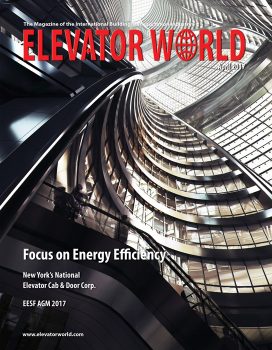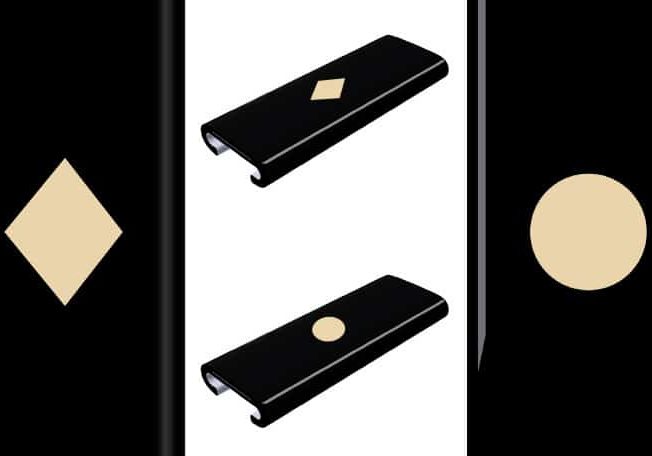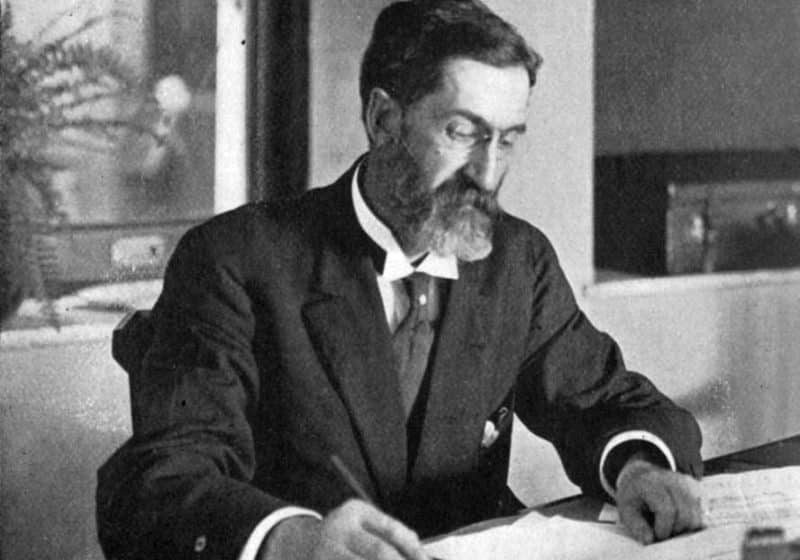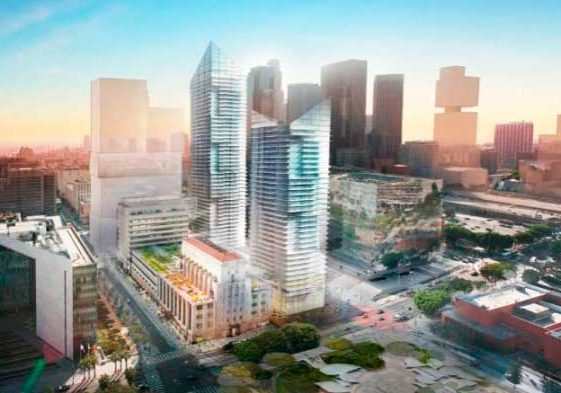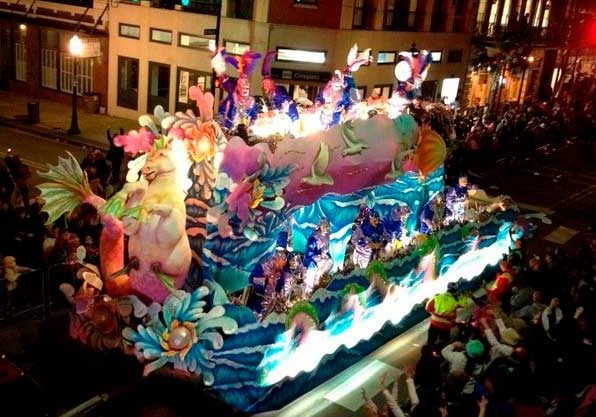New York Story
Apr 1, 2017

Custom manufacturer National Elevator Cab & Door Corp. is growing through innovations, partnerships formed over nearly 90 years.
The heart of National Elevator Cab & Door Corp. beats in sync with that of New York City (NYC) — its ebbs, flows and economic prosperity. The company was founded in 1929 by Arthur Gabriner, grandfather of National CEO Jeff Friedman, with five employees, in a building where the Citigroup Center stands today at 610 Lexington Avenue. That tower is 59 stories tall and has 38 elevators, which, Friedman says, “is probably more elevators than National did in its first six months of existence.”
Since that time, National has grown exponentially, providing hundreds of cabs and entrances each year to some of the most notable names in real estate, such as The Trump Organization and the Port Authority of New York & New Jersey (PANYNJ). The company now has approximately 100 employees, is headquartered in Woodside, Queens, and is searching for a new facility in the area in which to expand.
In the past five years, it has added more than 30 employees and, this year, is bringing in US$1 million in new equipment. By March, it planned to have a new punch press in place, and, once the new location is found, install a new fiber-optic laser cutter.
National is building on a foundation that includes deep relationships with business partners, such as a metal-fabrication shop it partners with on manufacturing, and panel and lighting supplier Elevecture, a company that claims National as its first and largest customer. Chairman Harold Friedman, who has been with the company for 50 years, describes National’s association with Elevecture, which offers components that incorporate Corning® Gorilla® Glass:
“Where Elevecture really distinguishes itself is in its ability to find new materials to use in conjunction with Gorilla Glass, because National’s core market is custom cabs designed by cutting-edge architects. Elevecture’s lighting is specifically designed for a cab environment where space and ease of maintenance are critical.”
As for clients, National has had a hand in outfitting elevators for both the original and current World Trade Centers (WTC), developed by PANYNJ, and has worked on the real-estate projects of President Donald J. Trump. Friedman shares the story of how National and Trump came together:
“Trump started being very active as a developer in the 1980s, which is when we expanded. He owned and managed a lot of properties here in New York — 40 Wall Street, Trump Tower, the Plaza Hotel and Trump World Tower — as well as casinos in Atlantic City, and became an especially close customer. Instead of hiring an architect to design his cab, he would just call me and say, ‘What looks good?’ He came to rely on us, and, in classic Trump fashion, he once said, ‘You guys are the best in the world. Why? Because I use you!’ We have always been pleased to work with him.”
National’s relationship with the PANYNJ stretches back to the early 1990s, when it was selected to modernize the elevator cabs in the original WTC. Encompassing 160 cabs, it was a sizable and lengthy job. After the Twin Towers fell on September 11, 2001, PANYNJ embarked on rebuilding, and remembered National, which was chosen to provide 72 cabs and 1,180 entrances, including the five, 2,000-fpm observation-deck cabs, outfitted with nine, 75-in. televisions and National-built aerodynamic shrouds above and below the cabs. It worked with elevator subcontractor thyssenkrupp.
Friedman is proud to operate in such a niche business, where, he says, “we’re the only people who can solve a lot of other people’s problems.” Not many architects are familiar with designing elevator cabs, he points out. Such work is tricky due to issues such as component size and code compliance. “Our customers don’t have the internal capabilities to do what we do, so they appreciate our expertise.”
That doesn’t mean, however, that National feels the inclination to slack off. John Farella, in his 11th year as National’s president, notes that doing jobs well and on time is key to winning new and keeping existing business. “If we don’t do it on time and right, that leads to terrible delays for the owner, builder and elevator contractor,” Farella says.
The Friedmans and Farella agree the recipe for success starts with excellent people. Jeff Friedman states:
“We have people who have been with us for 40 years, and people who have been with us for 40 days, and they make the difference. Key employees include Rosemarie Griffenkranz, vice president of Operations, who manages the production schedule; Tony Santiago, vice president of Operations and Finance, who has top-level experience with City Elevator, thyssenkrupp and Millar; Randy Lott, vice president of Project Management, who is a licensed architect; Rafael Croissiert, vice president of Sales, who has four decades as a leader in elevator-cab construction; and Jeremy Graham, Engineering manager, who, like myself, is the third generation in his family in the elevator industry.”
Avoiding delays and enhancing safety are why certain National products are in such high demand, Jeff Friedman says. Its top seller is the SecureSlideTM entrance product for modernization, introduced approximately 20 years ago. He elaborates:
“The reason it’s been popular is it solves longstanding elevator modernization problems in older buildings. If you have an existing swing door that has to be converted into a sliding door to comply with Americans with Disabilities Act regulations. Normally, this is done inside the shaft, which meant you have to make your elevator cab smaller. With SecureSlide, the equipment is in the wall, and it looks like a contemporary elevator lobby. Walls don’t have to be torn down and rebuilt, which enhances safety.”
To help it meet demand, about 15 years ago, National formed a partnership with a local metal-fabrication shop. Jeff Friedman observes that elevator entrances are large, and that it is not easy to find a company that can both build and paint such components. This metal shop had never been in the elevator business, so National taught them the correct fabricating, painting and inspection procedures, such as lab testing for fire rating. “It continues to be an extremely successful relationship,” he says, one that will continue after the new location is found. “We have brought customers with demanding specifications, such as the NYC Housing Authority, out there to take a look, and they were very impressed.”
Approximately 80% of National’s business is in NYC right now, as it always is when the “economy is clicking.” When it’s not, National fills the gaps in other cities. For now, the company is not spreading itself too thin. “We are focusing our efforts here,” Friedman says. “We try not to bite off more than we can chew.”
Get more of Elevator World. Sign up for our free e-newsletter.

